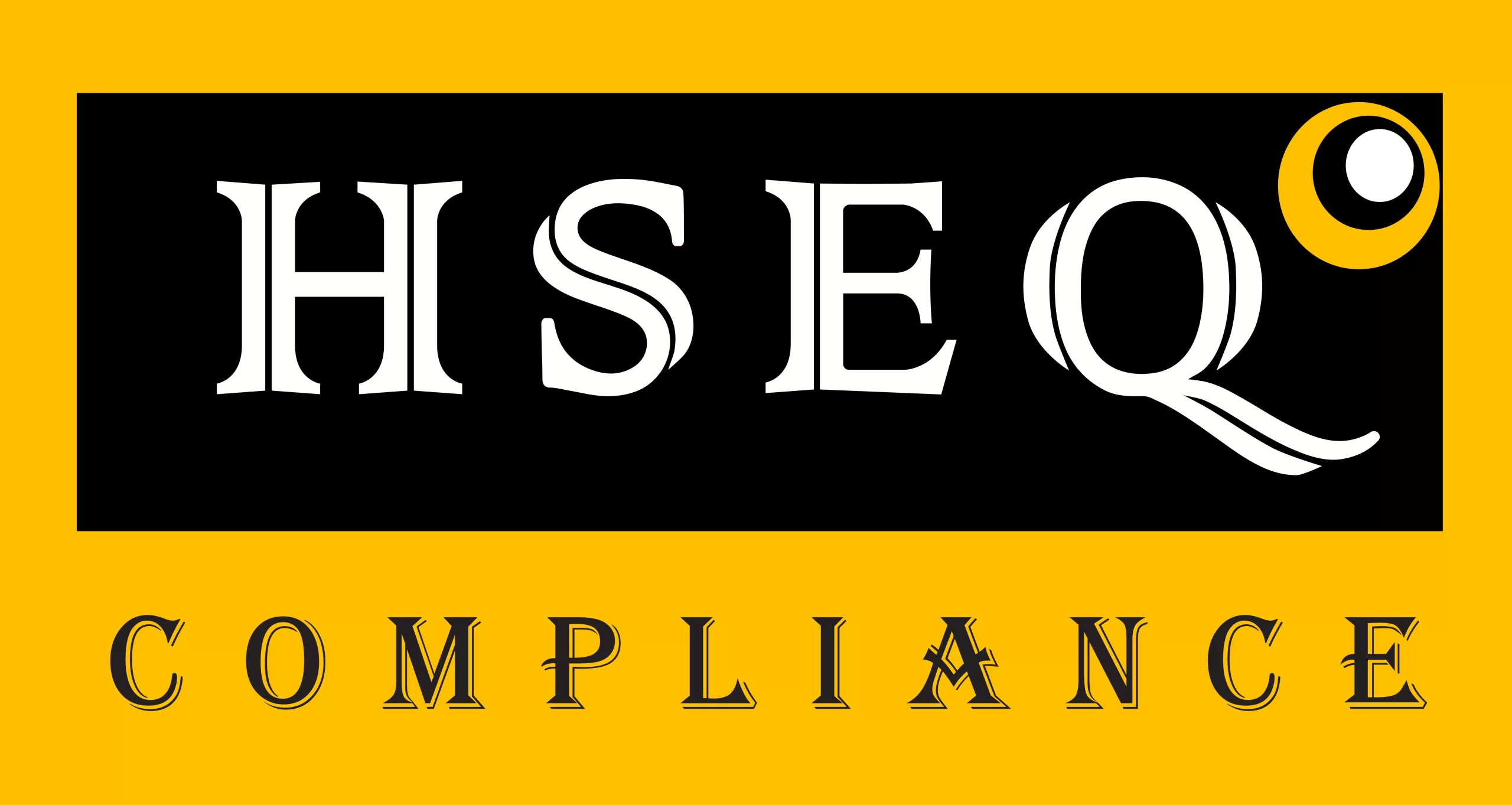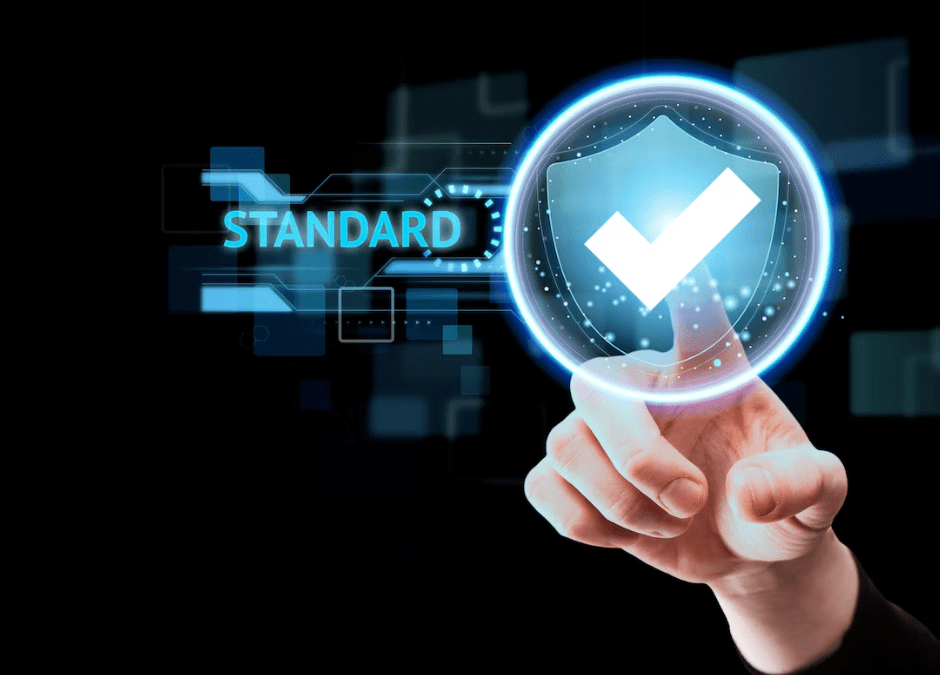In today’s competitive business world, following quality management standards is crucial for keeping products top-notch, satisfying customers, and running operations smoothly. These standards offer a clear way to manage and improve quality in different areas of your business. Here are five important quality management standards every business should know:
1. ISO 9001: Quality Management Systems
Overview: ISO 9001 is one of the most widely recognized and implemented quality management standards globally. It provides a framework for establishing a quality management system (QMS) that can enhance organizational performance and customer satisfaction.
Key Features:
- Customer Focus: Emphasises understanding and meeting customer requirements.
- Leadership: Stresses the importance of top management’s commitment to quality.
- Process Approach: Encourages managing processes efficiently and effectively.
- Continuous Improvement: Promotes ongoing improvements to achieve better results.
Benefits: Implementing ISO 9001 can lead to improved product quality, increased customer satisfaction, and enhanced operational efficiency. It also helps businesses gain a competitive edge by demonstrating their commitment to quality.
2. ISO 14001: Environmental Management Systems
Overview: ISO 14001 provides guidelines for creating an effective environmental management system (EMS). It helps organisations manage their environmental responsibilities systematically and sustainably.
Key Features:
- Environmental Policy: Requires organisations to define an environmental policy aligned with their environmental goals.
- Compliance: Focuses on meeting legal and regulatory requirements related to environmental impacts.
- Resource Efficiency: Encourages efficient use of resources and reduction of waste.
- Continuous Improvement: Promotes ongoing evaluation and enhancement of environmental performance.
Benefits: Adopting ISO 14001 can improve environmental performance, reduce waste and energy consumption, and enhance the organisation’s reputation for sustainability. It also helps businesses comply with environmental regulations and reduce their ecological footprint.
3. ISO 45001: Occupational Health and Safety Management Systems
Overview: ISO 45001 provides a framework for managing occupational health and safety (OH&S) risks. It aims to improve employee safety, reduce workplace injuries, and create a safer work environment.
Key Features:
- Risk Management: Focuses on identifying and managing OH&S risks and hazards.
- Employee Engagement: Emphasises the involvement of employees in health and safety processes.
- Legal Compliance: Ensures adherence to health and safety regulations.
- Continuous Improvement: Encourages regular review and enhancement of OH&S performance.
Benefits: Implementing ISO 45001 can lead to fewer workplace accidents, improved employee well-being, and reduced costs associated with health and safety issues. It also helps organisations create a safer work environment and demonstrate their commitment to employee health.
4. ISO 50001: Energy Management Systems
Overview: ISO 50001 provides guidelines for establishing and maintaining an energy management system (EnMS). It aims to help organisations manage energy consumption and improve energy efficiency.
Key Features:
- Energy Policy: Requires organisations to develop an energy policy to guide energy management efforts.
- Energy Planning: Encourages setting energy objectives and targets based on energy data analysis.
- Implementation: Focuses on implementing actions to achieve energy performance improvements.
- Monitoring and Review: Involves monitoring energy performance and reviewing energy management practices.
Benefits: Adopting ISO 50001 can lead to reduced energy consumption, lower energy costs, and improved environmental performance. It helps organisations optimise energy use and meet sustainability goals while also enhancing their energy management practices.
5. ISO/IEC 17025: General Requirements for the Competence of Testing and Calibration Laboratories
Overview: ISO/IEC 17025 specifies the requirements for the competence of testing and calibration laboratories. It ensures that laboratories produce accurate and reliable test and calibration results.
Key Features:
- Competence: Requires laboratories to demonstrate technical competence and operational capability.
- Quality Assurance: Focuses on implementing quality assurance measures to ensure reliable results.
- Equipment Calibration: Emphasises proper calibration and maintenance of testing equipment.
- Accreditation: Involves regular assessments and audits to maintain accreditation status.
Benefits: Compliance with ISO/IEC 17025 enhances the credibility and accuracy of laboratory results. It also helps laboratories gain and maintain accreditation, ensuring that they meet international standards for quality and reliability.
Conclusion
Understanding and implementing quality management standards such as ISO 9001, ISO 14001, ISO 45001, ISO 50001, and ISO/IEC 17025 can significantly enhance an organization’s performance and reputation. These standards provide frameworks for managing various aspects of quality, from customer satisfaction and environmental impact to employee safety and energy efficiency. By adhering to these standards, businesses can achieve operational excellence, ensure regulatory compliance, and gain a competitive advantage in their respective industries.

